India's cultural tourism is like stepping into a giant kaleidoscope of sights, sounds, and traditions. Everywhere you turn, there's something new and totally different to discover. It goes beyond just visiting iconic landmarks; it's about experiencing festivals, trying your hand at traditional crafts, and getting a true taste of local life.
Take, for example, the colorful chaos that is the Diwali festival in Varanasi. This is not your average sightseeing trip—it's a chance to witness streets ablaze with light, to hear the almost thunderous echo of fireworks, and feel the vibrant energy of people celebrating life and legacy. It's like you're not just seeing India, you're living it.
And let's not forget the mesmerizing forts and palaces in Rajasthan. When you walk through the grand halls of Amer Fort in Jaipur, you can almost hear the whispers of history in the air. It's these kinds of immersive experiences that make cultural tourism so riveting in India. The mix of the ancient and the contemporary, the mundane and the magical, creates a travel experience like no other. Whether you're a first-time visitor or returning for your umpteenth trip, there's always something that deepens your connection with this incredibly diverse country.
- Understanding Cultural Tourism in India
- The Magic of Indian Festivals
- Historic Sites That Tell a Story
- Immersive Experiences with Local Traditions
- Tips for a Meaningful Cultural Journey
Understanding Cultural Tourism in India
Cultural tourism in India is like unlocking a treasure chest filled with diverse traditions, vibrant festivals, and historical wonders. It's not just about ticking off famous landmarks; it's about diving deep into the country's rich cultural fabric.
Think of India as a giant mosaic with each state offering a unique piece of history and culture. From the art-filled streets of Kerala to the spiritual aura of Varanasi, every corner of India has a story to tell. A major draw of cultural tourism India is the chance to be part of lively festivals. Whether it's the colors splashing during Holi or the rhythmic drumbeats of the Durga Puja, participating in these celebrations lets you connect with local traditions in a way that's both exciting and intimate.
The country is home to 38 UNESCO World Heritage Sites, each offering a glimpse into its past. The Taj Mahal might be the poster child, but exploring other sites like the ancient Ajanta Caves or the Qutub Minar opens a window into India's diverse architectural heritage.
Another important aspect of cultural tourism is the hands-on experiences. You could find yourself learning pottery from a master craftsman in a small Rajasthani village or trying your hand at cooking traditional Indian dishes. These activities make for unforgettable memories and a deeper understanding of daily life in India.
- Explore diverse traditions: From yoga retreats in Rishikesh to tea tasting in Assam, every region has unique offerings.
- Engage in local festivals: Join in the Diwali celebrations or soak in the vibes of Ganesh Chaturthi in Mumbai.
- Visit historical sites: Beyond the Taj, discover places like Humayun’s Tomb and the Red Fort in Delhi.
With such an incredible range of experiences, exploring India through cultural tourism transforms a simple trip into a meaningful journey, one that connects travelers to the heartbeat of the country.
The Magic of Indian Festivals
When it comes to cultural tourism in India, festivals are like the heartbeat of the land, pulsing with color and energy. India hosts a dizzying array of festivals throughout the year, each with its own flavor and charm. They reflect the country's religious diversity and offer a unique peek into different cultural traditions.
One of the most famous is Diwali, often called the Festival of Lights. During Diwali, homes and streets across India are illuminated with countless diyas (small oil lamps) and string lights, creating a magical glow that’s quite something to experience firsthand. It’s a celebration of good triumphing over evil, marked by fireworks, family gatherings, and plenty of sweets!
Then there’s Holi, the Festival of Colors. This is less about observation and definitely about participation. People take to the streets armed with colored powders, creating a riot of color in towns and villages across the country. It’s the kind of day where everyone, from friend to stranger, joins in, throwing colors, dancing, and celebrating the arrival of spring.
- Pongal: Celebrated in Tamil Nadu, this harvest festival is all about honoring the sun god. It involves cooking sweet rice, sharing meals, and even bull-taming contests.
- Durga Puja: Especially significant in West Bengal, this festival celebrates the goddess Durga. It involves elaborate idols, community feasts, and cultural performances.
- Eid: While primarily a Muslim festival, the togetherness and feasts are something many travelers participate in, offering rich, cultural exchanges.
Indian festivals are more than just events; they are vivid expressions of life, bringing communities together in joy and celebration. If you're planning a trip focused on cultural tourism India, timing your visit to coincide with these festivals can be a game-changer. You’ll gain insight not only into different customs but also into the community spirit that makes these celebrations special. Just make sure to check the calendar, as festival dates often depend on the lunar calendar and can vary each year.
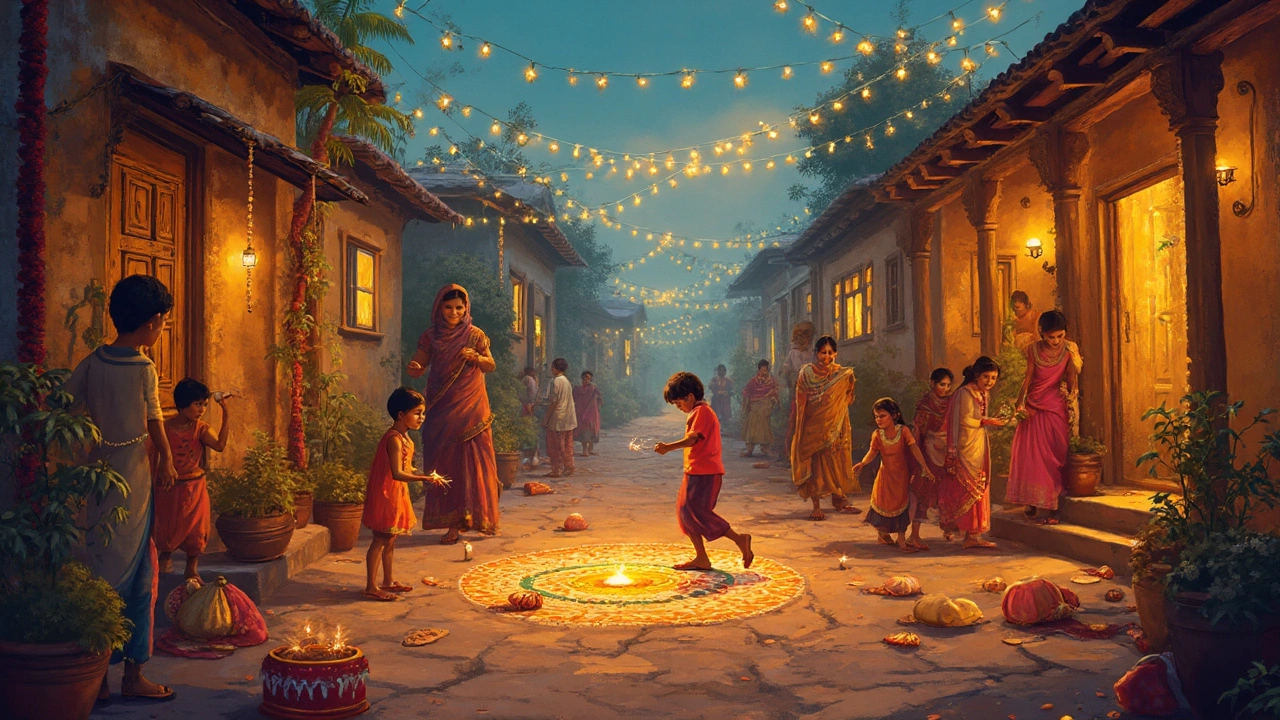
Historic Sites That Tell a Story
India is a land where history comes alive, and there's no shortage of historic sites that showcase its rich past. From grand forts to intricate temples, each site has a tale that adds another layer to the cultural tapestry of the country.
One place that stands out is the Amer Fort in Jaipur. Built in the 16th century by Raja Man Singh, this stunning fort combines Hindu and Mughal architecture with beautiful courtyards, terraces, and mosaic-filled walls. A visit here is like stepping back in time, with countless stories buried within its walls.
Then there's the ancient town of Hampi, a UNESCO World Heritage site. Once the bustling capital of the Vijayanagara Empire, its ruins are spread over an area of 4,100 hectares, with temples, palaces, and market streets telling tales of prosperity and cultural glory. Don't miss the iconic stone chariot at the Vittala Temple or the towering Virupaksha Temple, which is still active today.
The Red Fort in Delhi, the majestic residence of the Mughal emperors, stands as a testament to India's historical significance. Its massive sandstone walls have been witness to many pivotal moments in Indian history.
And don't forget the cultural hub of Mahabalipuram, known for its rock-cut temples and stunning sculptural panels. The Shore Temple, overlooking the Bay of Bengal, is an architectural marvel that offers a peek into India's ancient artistic ingenuity.
Exploring these sites isn't just about admiring old structures; it's about understanding the Indian culture and the many civilizations that have passed through here. When you walk through these historic sites, you’re not just looking at India's past; you're walking through it.
Immersive Experiences with Local Traditions
When it comes to really diving into the heart of cultural tourism in India, nothing beats getting your hands dirty—literally and figuratively—with local traditions. It's not just about watching from the sidelines; it's about joining in and learning firsthand.
Take Rajasthan's famous block printing. This isn't just something to admire; you can actually learn the craft from artisans in villages like Bagru. Imagine creating your own designs on fabric using centuries-old techniques, then proudly taking your one-of-a-kind piece home. This hands-on experience doesn’t just leave you with a cool souvenir—it leaves you with a deeper appreciation for the skill and patience involved.
Then there's the culinary side of Indian culture. Ever wanted to know what goes into that perfect cup of chai or how the spices blend so seamlessly in a curry? Cooking classes in places like Kochi or Jaipur let you cook alongside local chefs. You'll pick up secret recipes and even a trick or two on how to master the fragrant dishes that make Indian cuisine world-famous.
If you're curious about the vibrant festivals, there's Holi in Mathura, where you'll actually play with colors, or Onam in Kerala with its snake boat races and Pookalam competitions. Being part of these celebrations, rather than just an observer, lets you see the joy and energy from the inside.
And don't miss the chance to learn traditional dances. Kerala Kathakali workshops offer participants a peek into the storytelling art that combines intricate hand gestures and facial expressions. Even if you don't become a master dancer overnight, experiencing the cultural richness through each motion is unforgettable.
By immersing yourself in these diverse traditions, you not only learn but connect with the people and stories that define Indian culture. Each encounter is a fresh chapter in your travel journey, transforming you from a mere visitor into a storyteller with tales of your own.
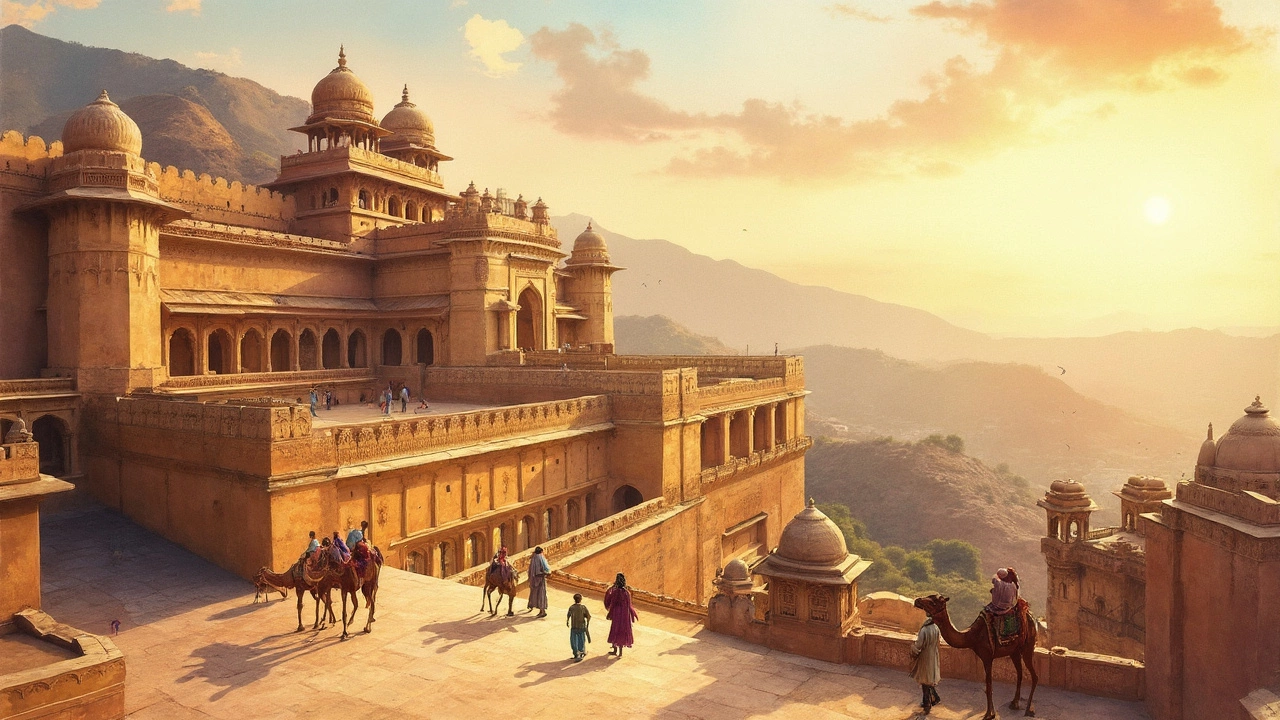
Tips for a Meaningful Cultural Journey
Embarking on a cultural tourism adventure in India isn't just about checking off famous landmarks. It's about deeply engaging with the experiences and getting to know the local way of life. Here are some tips to make sure your journey is truly enriching.
First off, let go of the rush to cover everything. Instead, focus on spending quality time in each place. This approach allows you to soak in the stories and traditions that make each destination unique.
Make an effort to attend a local festival. Whether it's the Spring Festival of Holi or the glittering lights of Diwali, participating firsthand is far more memorable than just reading about it in travel guides.
Don't forget to explore local markets. They're treasure troves of unique souvenirs and a great place to chat with residents. Picking up a handmade craft or sampling local food adds depth to your travel tale.
- Try staying in a homestay instead of a hotel for an authentic experience.
- Hire a local guide—usually, they have stories and insights you won't easily find online.
- Learn a few basic phrases in the regional language; it goes a long way in connecting with locals.
Keep in mind that respecting local customs is crucial. Whether it's dressing modestly at religious sites or following rituals, understanding these behaviors helps in forming genuine connections.
If you're interested in history, take a guided tour of some of India's historic sites. You'll learn about India's past and how it shapes the present. Places like Agra Fort or the ancient ruins of Hampi offer a fascinating peek into different eras.
To make your journey even more meaningful, consider volunteering. Many places offer opportunities where you can contribute to conservation projects or community development. It not only enriches your travel but also gives back to the places you visit.
Remember, exploring India is not just about seeing places but feeling them. Keep an open mind and watch as the vibrancy of this country unfolds before you.
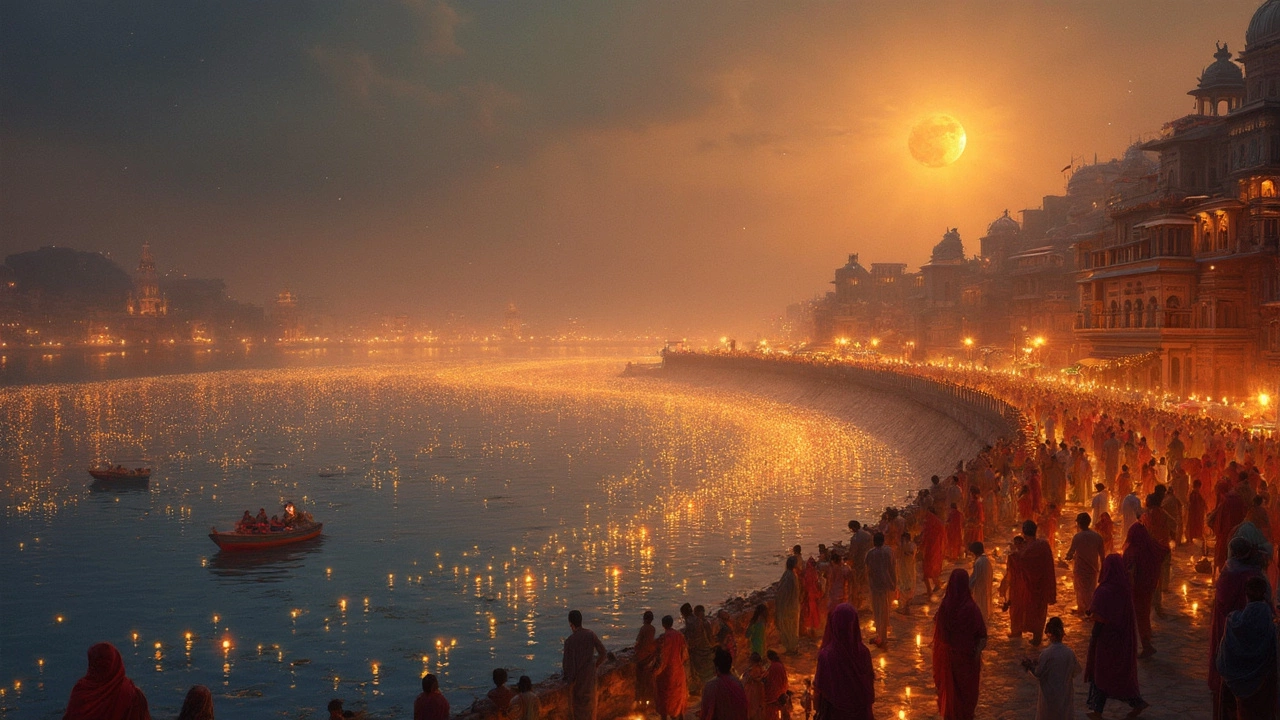
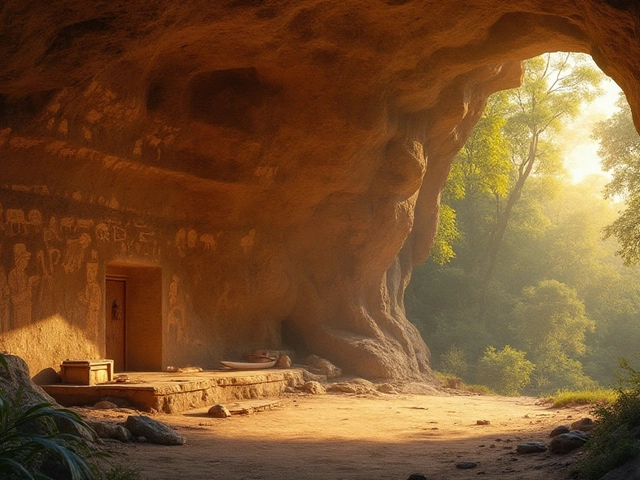
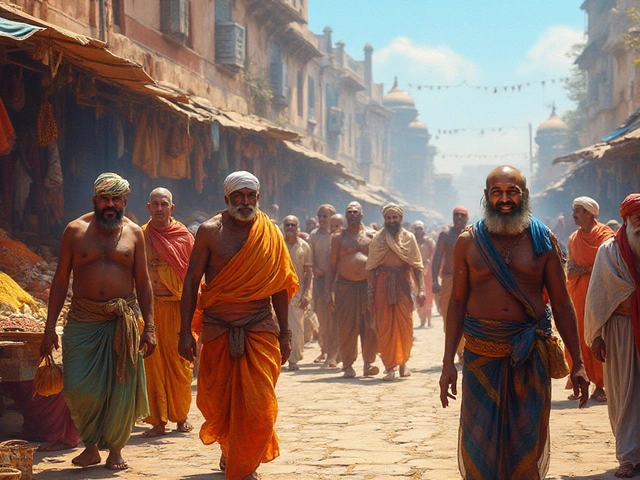
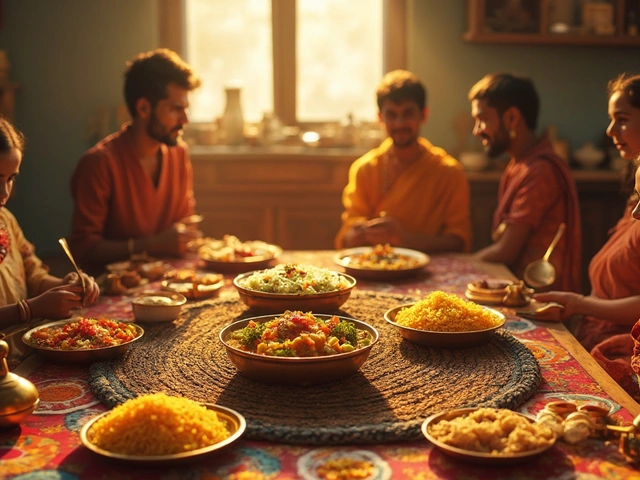
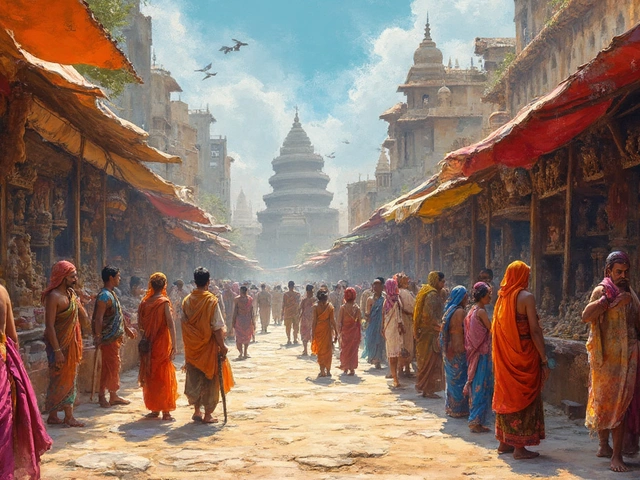
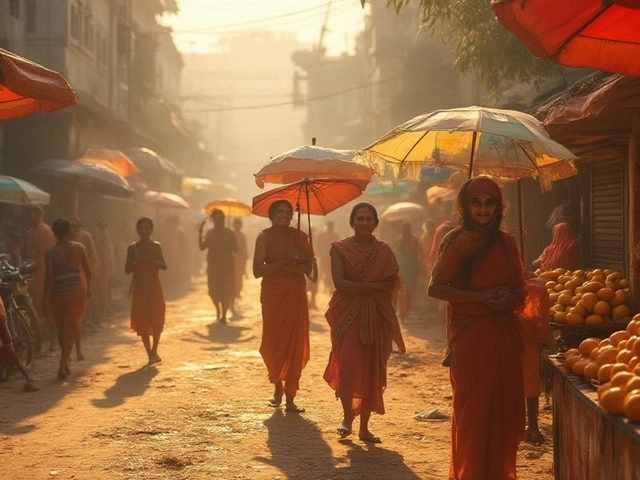
Write a comment